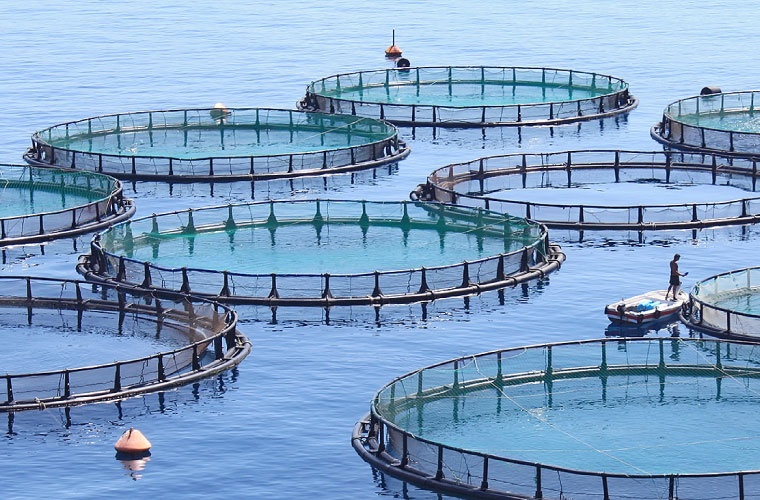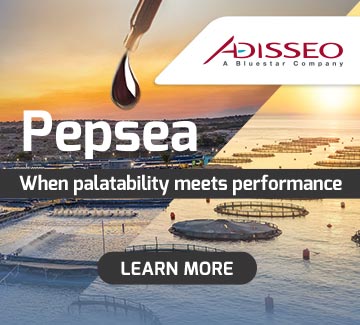
Researchers at the University of Bologna, Italy, have introduced a circular transition model for Europe’s aquaculture sector. This model aims to guide fish farm toward sustainable practices and foster menaningful changes across the European industry.
The study examines how students in Italian aquaculture science programmes view the application of circular economy strategies. As future operators, their perspectives are vital for understanding how best to integrate sustainable practices into aquaculture, identifying their expectations, knowledge, and the potential challenges they see in transitioning to a circular economy.
This model provides aquaculture farms with a structured framework to assess and improve their level of circularity. Rather than one-size-fits-all approach, it uses a three-phase progressive method: start, scan, and suggest to guide farms along the path to circularity.
As outlined in the study, the model serves not only as a diagnostic tool but also as a practical guide for continuous improvement. By applying this model, fish farms can better align with Europe’s sustainability goals and respond to growing demands from consumers and regulators for responsible, environmentally friendly aquaculture production.
A practical example: A hypothetical farm in the Tyrrhenian sea
The proposal envisions a farm run by a 38-year-old sole administrator, who inherited the business from his father. With a university degree and an annual turnover of roughly 50 million euros, the business is stable, reporting an EBITDA of 6 million euros.
In the initial phase (start), the model assesses the farm’s readiness to adopt circular practices, focusing on infrastructure, energy and material usage, and collaborative capacity. This helps determine if the farm has the foundational elements needed for a circular transition.
In this simulated case, a questionnaire highlights key factors such as the manager’s profile, farm size and technology, and policy support. The farm shows strenghs in operations, products and services, and ecosystem areas but lacks developments in culture and organisation.
This phase also evaluates the farm’s circular maturity by comparing it to the national average for similar marine fish farming. The results indicate significant progress in energy efficiency, the use of alternative feed ingredients, and automated feeding systems that reduce fossil fuel dependency. Additionally, the farm recycles materials and extends the lifespan of nets through maintenance and repairs, enhancing material durability.
However, the farm still faces challenges in replacing its vessels with eco-friendly alternatives and integrating circular practices into its governance models.
In the final phase (suggest), recommendations are made to strengthen circularity in culture and organisation. Suggestions include enhancing staff training in circular practices and fostering a long-term sustainability vision.
These recommendations encourage a deeper integration of social and environmental factors into its practices, such as measuring environmental impact and participating in ongoing training programmes.
The Circular Transition Model demonstrates that fish farms must not only adopt new technologies and circular feeds but also invest in staff training to build a culture of sustainability. This could involve seminars, workshops, and ongoing education on circular economy practices, supported by government and EU funding, such as the European Maritime, Fisheries and Aquaculture Fund (2021 – 2027).


